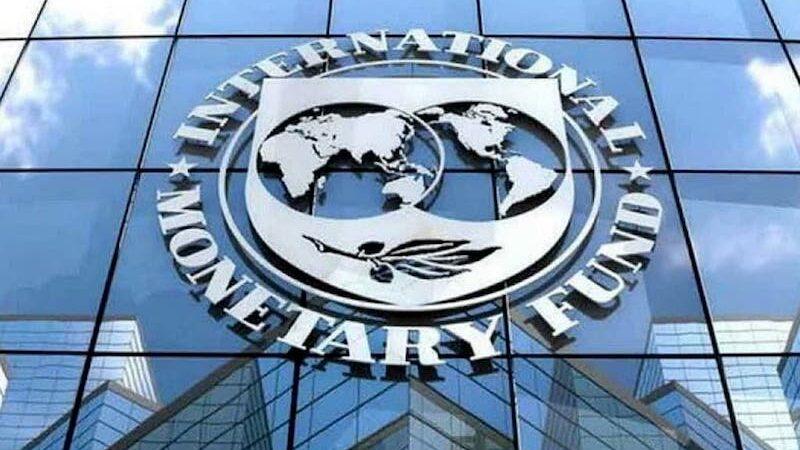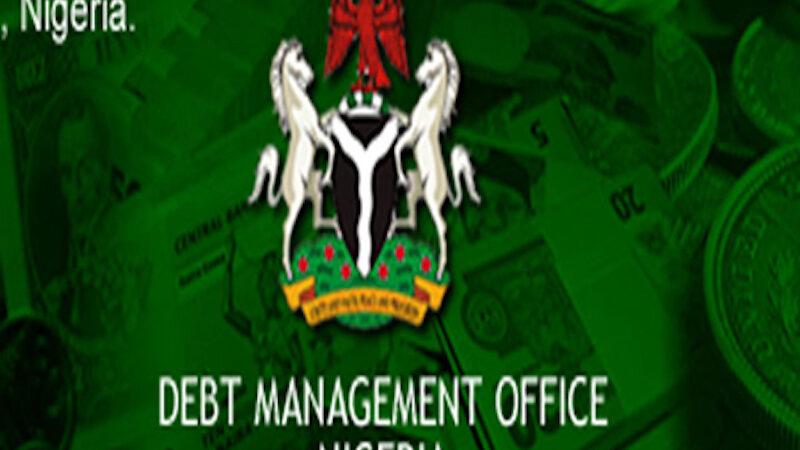Nigeria seems to be headed for a debt trap as all key debt performance measuring indices have fallen below minimum global standards. The implication, according to pundits, is that the country may not be able to meet its debt service obligations nor meet its obligation to the citizenry through funding of its capital and recurrent expenditure before long. Bamidele Famoofo reports
As at end of June 2020, Nigeria’s ever rising debt portfolio has gone up to N31trillion. That amount is big enough to finance Nigeria’s revised N10.8trillion budget almost three times. But since it is not revenue, but liability, the country would have to sweat it out to pay back in the face of dwindling revenue.
According to the figures released by the Debt Management Office (DMO) on the nation’s debt stock as at second quarter of 2020, debt increased by N2.38 trillion over a three months period. The composition of the debt portfolio showed that it was made up of $3.3 billion budget support loan from the International Monetary Fund (IMF) to cushion the effect of the pandemic on the economy and the rest represent planned borrowings from the African Development Bank, The Islamic Development Bank and the Sukuk promissory notes based borrowings.
But while debt rises on a consistent basis, revenue is moving southward. According to President Muhammadu Buhari, the revenue inflow into economy had been negatively impacted, standing at an estimated 60 per cent. Buhari made this known during a recent ministerial retreat in Abuja to undertake one year review of the performance of the economy under his second term administration.
Executive Vice Chairman, H. Pierson Associates Ltd, Eileen Shaiyen, is not comfortable with the country’s debt situation, which she said had become a major cause for concern locally and abroad.
Analysing the debt situation, Shaiyen noted that the declining trend is best appreciated against three key indices which are debt to GDP ratio, debt service to revenue ratio and debt to revenue ratio. According to Shaiyen, Nigeria’s debt status had failed to meet the minimum global standard in all parameters.
“While the debt to GDP ratio has trended up from levels in 2016 at 23.41 percent, 2017 at 25.34 percent, 2018 at 27.26 percent and 2019 and 2020 estimates at 29.78 percent and 31.35 percent respectively against an international threshold of 30 percent, the other two ratios show even greater concern. Debt service to revenue for instance has trended upwards from 2011 levels of 21.2 per cent, to 2015 at 51.9 per cent, 2016 at 86.6 percent, 2017 at 78.6 per cent, 2018 at 67.7 per cent and Q1 2020 at 99.0 per cent. This is against an international threshold of 20 per cent to 25 per cent. On debt to revenue, this major index also shows major deterioration from estimates of 348 per cent in 2019 to 538 per cent estimated for 2020. This also is against an international threshold of about 250 per cent.”
Her words: “This trend is very worrisome when considering the future of the country’s very youthful population in need of a major boost in economic growth through major fiscal interventions to stimulate education, health, infrastructure, etc., as against putting such expenditure into the service of debt that is perceived to be largely mis-applied.”
The implication of the burgeoning debt situation, according to Shaiyen, is an imminent debt trap, a situation in which the country will neither be able to meet its debt service obligations nor will it be able to meet its obligation to its 200 million citizenry through funding of its capital and recurrent expenditure. “This comes with numerous other socio-economic consequences impacting on some of the key Sustainable Development Goals of poverty, hunger, health, education, as well as issues of social unrest, crime,” she lamented.
Looking Ahead
While the nation’s debt situation as at half year remains scary, some analysts believes that the worse is yet to come. For instance, analysts at Cordros Research indicated that Nigeria’s public debt may continue on the upward as the government struggles with declining revenue amid bloated expenditures.
A report from company hinted that with the country expected to access more foreign loans from the World Bank, African Development Bank (AfDB) and Islamic Development Bank (IDB) as well as continuing domestic issuances, public debt stocks may rise by 4.8 per cent to about N32.50 trillion by September ending. Other reports indicated that the loan portfolio may close around N34 trillion citing devaluation effect.
The loans during the third quarter include multilateral loans of $1.5 billion from the World Bank, $211.5 million from AfDB and $113 million from IDB. Domestic issuances, including the monthly Federal Government of Nigeria Savings Bond (FGNSB) are expected to top N588.9 billion while state governments may close the shelf with borrowings of about N200 billion.
In its report, analysts at Afrinvest Securities noted that the share of external debt in total debt for the Federal Government has now reached 38.9 per cent, nearing government’s target of 40.0 per cent.
According to analysts, the rise of external debts to almost 40 per cent should ordinarily prevent the issuance of further external loans given the strong chance of further currency adjustments, but there may be sustained rise in government’s external debts due to additional budget support of $2.1 billion yet to be disbursed by World Bank, AfDB and the IDB.
“Looking forward, we expect more domestic debt issuances to bring down the share of external debt and lower devaluation risk. On a brighter note, we believe the removal of energy subsidies-electricity and petrol, could herald a new fiscal era which would ease Federal Government’s expenditure burden, freeing up resources for investment in critical sectors,” Afrinvest Securities stated.
Solution
Shaiyen is of the opinion that the managers of the nation’s economy have wasted numerous opportunities to proactively and decisively confront the issues responsible for this poor state of financial affairs. She, however, said there is now an urgent call to leadership at the Federal and State levels to embark on fundamental and structural changes to address this debt crisis.
“A first good move is the plugging of all major revenue leakages and therefore reduces the governments’ dependence on debt financing. This makes the current decision to remove subsidies on electricity tariffs commendable if it can be committedly executed. The great double advantage here includes the increase in available government revenues from the subsidy removal, as well as the resulting attractiveness of the two sectors to much-needed foreign direct Investment. The long-term impact for the power sector is the increased availability of power and the huge multiplier effect of that on the productive sector and overall GDP”, she posited.
Further on revenues, beyond plugging the leakages, ramping up revenues through initiatives that will attract private capital into optimising the natural resources in each of the 36 states, is fundamental, while the government mainly takes a regulatory role. Each of the 36 states has massive natural resources that remain relatively docile. The government must fast-track initiatives that will unlock the private-sector-driven potentials in this sector, provide enhanced tax revenues to government and drive up overall GDP.
Shaiyen added that, “Very serious actions will need to be taken to shrink the key cost drivers in government. While there have been a few initiatives in this regard, the more fundamentally impactful decisions needed here will need to be taken sooner than later. This involves a massive cut in the cost of governance across all arms and levels of government. While implementing deep cost and revenue initiatives, the country will also need to review its funding mix by taking less of commercial debt, increasing the use of public private partnerships and encouraging large capital inflows into power, oil and other natural resources as mentioned above. Any new debt where taken, should be kept at low interest cost levels. Finally is the need to work towards a blend of Debt Restructuring and Debt forgiveness.
These options should be secondary, as we must first put our house in order through commitment to the key cost and revenue reforms above thereby showing the world that we are serious about true change.”




